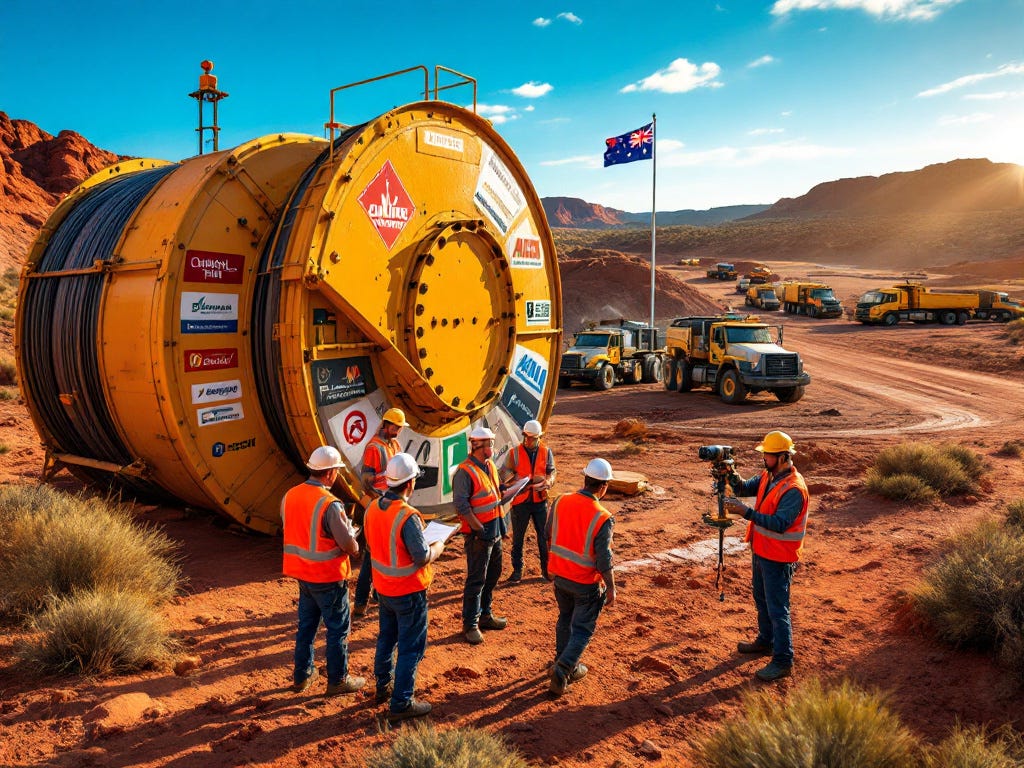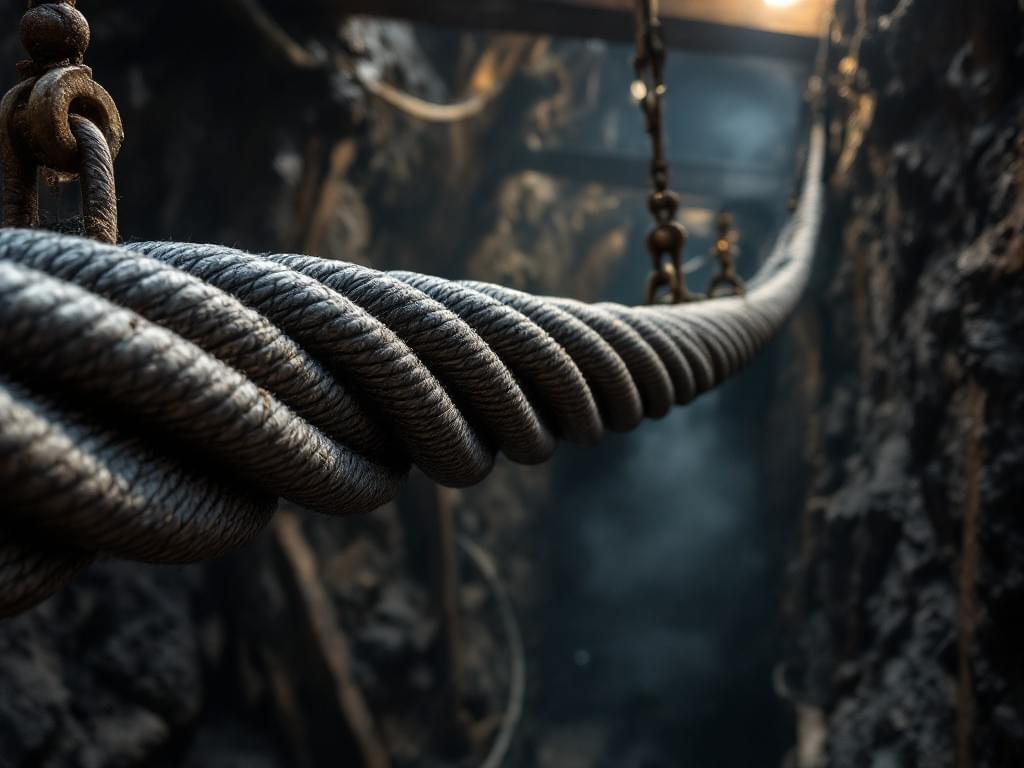Does the Indian Army have the logistical capacity for long-term high-altitude warfare along the China border?
The Indian Army's logistical capacity for long-term high-altitude warfare along the China border has been a major focus of modernization efforts, particularly since the 2020 border standoff in Ladakh.
While India has made significant progress, a complex set of challenges and improvements characterize its current capabilities.
Strengths and Improvements
Extensive Experience: The Indian Army possesses significant experience in high-altitude warfare, having maintained a military presence in treacherous terrains like the Siachen Glacier for decades.
This experience has given it a deep understanding of the unique logistical difficulties, such as the effects of thin air on equipment and personnel, and the need for specialized clothing and rations.
Infrastructure Development: India has accelerated the development of infrastructure along the Line of Actual Control (LAC).
This includes the construction of strategic roads, bridges, and tunnels, such as the Zojila Tunnel and the Sela Tunnel, which aim to provide all-weather connectivity to previously isolated forward areas.
The Border Roads Organisation (BRO) has been instrumental in this effort, building thousands of kilometers of roads to improve the speed of troop and supply movements.
Advance Winter Stocking: The Indian Army has a well-established and highly-effective system for "advance winter stocking."
This involves stockpiling massive quantities of rations, fuel, ammunition, and specialized winter gear in forward posts before the passes close due to snow.
This ensures that troops can be sustained through the long winter months when road access is impossible.
Upgraded Equipment: The army is acquiring and deploying specialized equipment for high-altitude operations.
This includes indigenous all-terrain vehicles, which are helicopter transportable and capable of operating in snow-covered, undulating terrain.
The introduction of modern artillery, tanks, and missile systems has also bolstered firepower in these regions.
Challenges and Vulnerabilities
Infrastructure Asymmetry with China: Despite India's progress, China's infrastructure along the border, particularly in Tibet, is far more advanced.
China has built an extensive network of roads, high-speed railways, and airports, allowing for rapid troop and material mobilization.
While India is catching up, this infrastructure gap remains a significant vulnerability, potentially giving China a speed advantage in a conflict.
Dependency on Air-Lifting: In a long-term conflict, while road infrastructure is crucial, the initial and emergency response would rely on airlifts.
While India has a credible air force, air-lifting supplies in high-altitude environments is a logistical challenge.
The thin atmosphere significantly reduces a helicopter's carrying capacity and increases operational costs, making it an expensive and limited option for mass transportation.
Personnel Costs and Budgetary Constraints: The high cost of maintaining troops in high-altitude environments is a significant drain on the defense budget.
The cost of a single soldier at a post like Siachen can be astronomical, and this massive expenditure on personnel, specialized equipment, and winter supplies can divert funds from other modernization priorities.
Vulnerability of Supply Lines: Even with improved infrastructure, India's supply lines, which are often single-lane roads in rugged mountainous terrain, remain vulnerable to enemy attacks, landslides, and extreme weather. A successful strike on a key bridge or tunnel could cripple the logistical chain to a forward post.
In conclusion, the Indian Army has a robust and continuously evolving logistical capacity for high-altitude warfare.
It has learned from decades of experience and is making a concerted effort to bridge the infrastructure and technological gaps with its primary adversary.
However, the inherent challenges of the Himalayan terrain and the scale of China's own military infrastructure development mean that India must continue to prioritize these logistical capabilities to ensure its long-term readiness and ability to sustain a prolonged conflict.
Does the Indian Army have the logistical capacity for long-term high-altitude warfare along the China border?
The Indian Army's logistical capacity for long-term high-altitude warfare along the China border has been a major focus of modernization efforts, particularly since the 2020 border standoff in Ladakh.
While India has made significant progress, a complex set of challenges and improvements characterize its current capabilities.
Strengths and Improvements
Extensive Experience: The Indian Army possesses significant experience in high-altitude warfare, having maintained a military presence in treacherous terrains like the Siachen Glacier for decades.
This experience has given it a deep understanding of the unique logistical difficulties, such as the effects of thin air on equipment and personnel, and the need for specialized clothing and rations.
Infrastructure Development: India has accelerated the development of infrastructure along the Line of Actual Control (LAC).
This includes the construction of strategic roads, bridges, and tunnels, such as the Zojila Tunnel and the Sela Tunnel, which aim to provide all-weather connectivity to previously isolated forward areas.
The Border Roads Organisation (BRO) has been instrumental in this effort, building thousands of kilometers of roads to improve the speed of troop and supply movements.
Advance Winter Stocking: The Indian Army has a well-established and highly-effective system for "advance winter stocking."
This involves stockpiling massive quantities of rations, fuel, ammunition, and specialized winter gear in forward posts before the passes close due to snow.
This ensures that troops can be sustained through the long winter months when road access is impossible.
Upgraded Equipment: The army is acquiring and deploying specialized equipment for high-altitude operations.
This includes indigenous all-terrain vehicles, which are helicopter transportable and capable of operating in snow-covered, undulating terrain.
The introduction of modern artillery, tanks, and missile systems has also bolstered firepower in these regions.
Challenges and Vulnerabilities
Infrastructure Asymmetry with China: Despite India's progress, China's infrastructure along the border, particularly in Tibet, is far more advanced.
China has built an extensive network of roads, high-speed railways, and airports, allowing for rapid troop and material mobilization.
While India is catching up, this infrastructure gap remains a significant vulnerability, potentially giving China a speed advantage in a conflict.
Dependency on Air-Lifting: In a long-term conflict, while road infrastructure is crucial, the initial and emergency response would rely on airlifts.
While India has a credible air force, air-lifting supplies in high-altitude environments is a logistical challenge.
The thin atmosphere significantly reduces a helicopter's carrying capacity and increases operational costs, making it an expensive and limited option for mass transportation.
Personnel Costs and Budgetary Constraints: The high cost of maintaining troops in high-altitude environments is a significant drain on the defense budget.
The cost of a single soldier at a post like Siachen can be astronomical, and this massive expenditure on personnel, specialized equipment, and winter supplies can divert funds from other modernization priorities.
Vulnerability of Supply Lines: Even with improved infrastructure, India's supply lines, which are often single-lane roads in rugged mountainous terrain, remain vulnerable to enemy attacks, landslides, and extreme weather. A successful strike on a key bridge or tunnel could cripple the logistical chain to a forward post.
In conclusion, the Indian Army has a robust and continuously evolving logistical capacity for high-altitude warfare.
It has learned from decades of experience and is making a concerted effort to bridge the infrastructure and technological gaps with its primary adversary.
However, the inherent challenges of the Himalayan terrain and the scale of China's own military infrastructure development mean that India must continue to prioritize these logistical capabilities to ensure its long-term readiness and ability to sustain a prolonged conflict.









